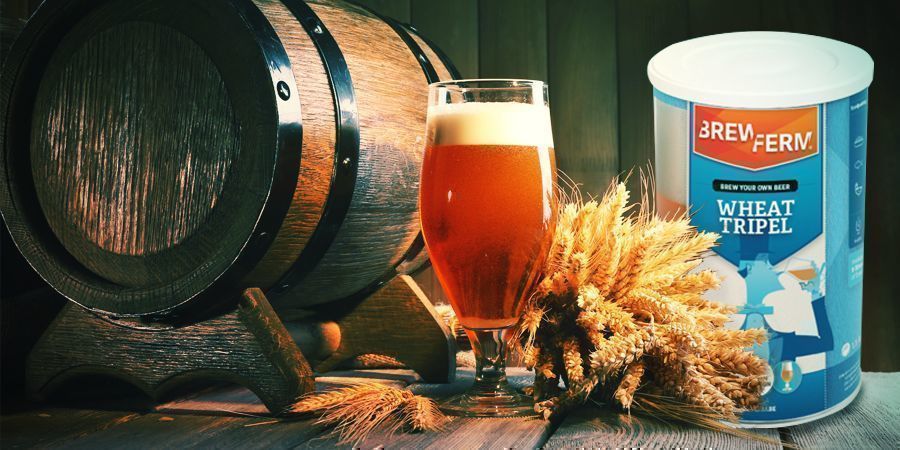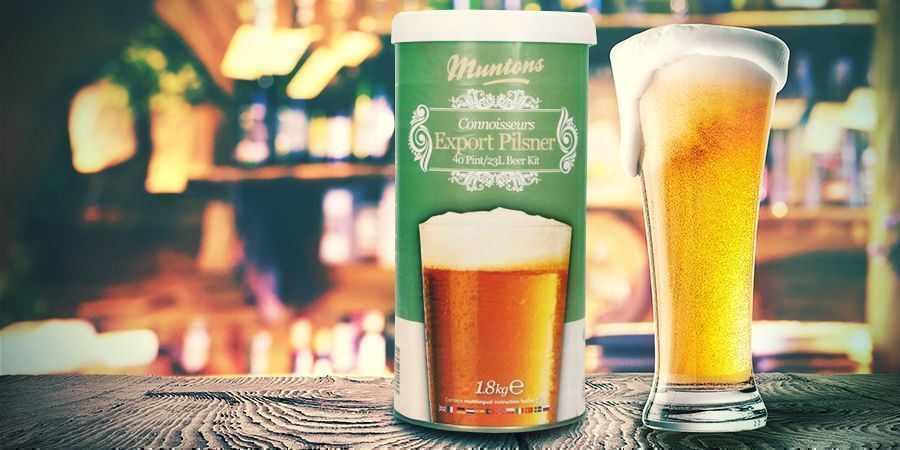
Different Types Of Beer
Before you start brewing your own beer, you need to familiarise yourself with the different styles of brews found throughout the world, and how they're made. Use this guide to get informed on some of the most popular beer types you'll come across.
Want to brew your own beer? Here’s how to talk the talk and know all there is to know about the different types of beer out there.
ALES AND LAGERS: THE MOTHERS OF ALL BEER
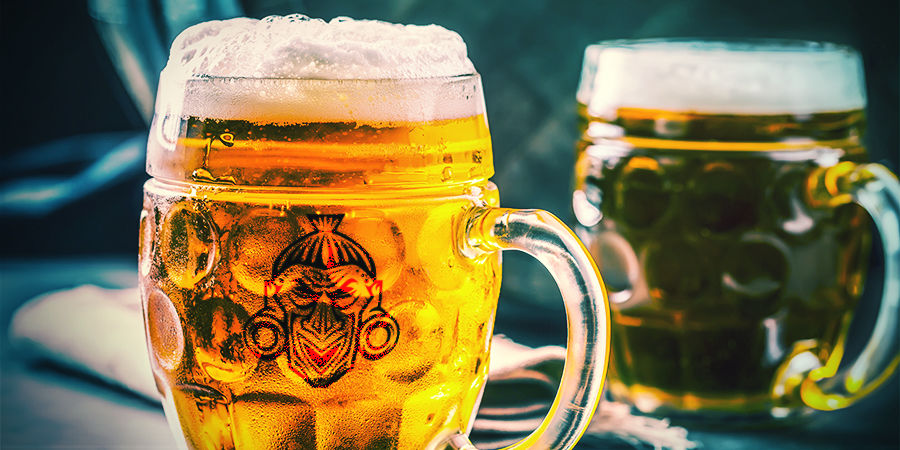
All beers start out as either ale or lager. Ales are made with top-fermenting strains of yeast, which become active at temperatures of 13–25°C. These yeasts can produce some pretty unusual flavours that we don’t naturally associate with beer, such as notes of fruit or spice. You’ll typically find these flavours in British and Belgian beers.
Lagers, on the other hand, are made with bottom-fermenting strains of yeast. The name comes from the German word lager (to store), as these beers were typically stored to improve their flavour, alcohol content, and shelf life. These yeasts become active at temperatures of 4–11°C and produce more rounded flavours than we typically associate with beer. Think crisp, clean, refreshing malt flavours. These are the kinds of flavours you’ll typically find in German beers.
While all beers start out as ales or lagers, that’s not where the story ends. Below is an outline of some more specific beer types.
TYPES OF ALES
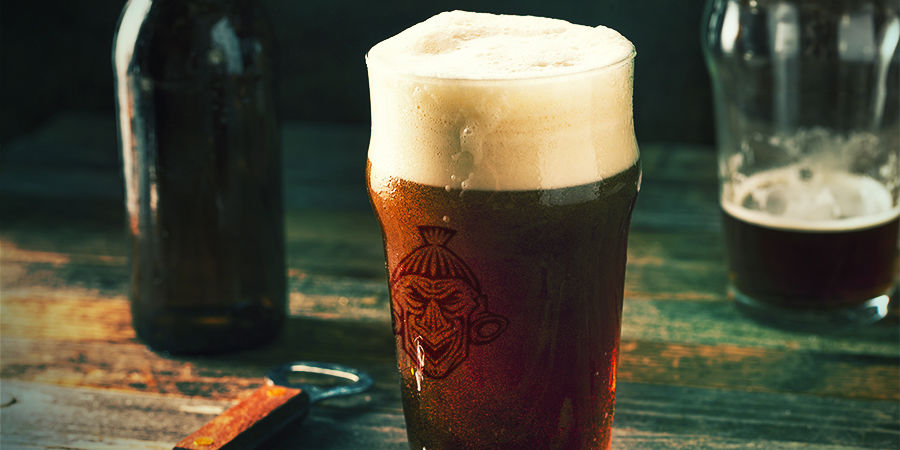
First, we’ll start with the ales, which run the gamut from IPAs to Belgian blondes.
BARLEY WINE
Barley wine is a type of strong ale with alcohol levels (ABV) of anywhere between 6% and 12%. These beers are brewed from really dense wort. The origins of the name date back to ancient Armenia, which might be where this style originates from. The first beer to be marketed as barley wine was Bass No. 1 in the 1870s.
Muntons Barley Wine has a rich, complex body and an alcohol content of 7%, perfect for strong beer lovers wanting to brew something special at home.
PALE ALE AND INDIA PALE ALE
Pale ales are typically brewed with malt that has been dry-roasted using coke (fuel). This process gives the malt, and the resulting beer, a light or pale colour. There are countless different types of pale ales out there, and their flavours vary greatly depending on the brewing process, as well as the type and amount of hops used to make them.
India pale ales, or IPAs, were developed in England and designed to be exported to India. These beers were brewed with extra alcohol and hops so as to survive the long journey to India via ship. They soon became popular in other English colonies such as Australia and New Zealand.
Brewferm’s IPA is a classic, hoppy English IPA with a slight amber colour and an herbal, slightly bitter flavour. If you love the strength and bold flavour of an IPA, make sure to check it out.
WHEAT BEER
Wheat beer, you guessed it, is traditionally brewed with higher concentrations of wheat. There are two main types of wheat beer: Weißbier (originating from Germany) and witbier (originating from Belgium).
German Weißbier is made with malt that contains at least 50% wheat—up to 70% in Bavarian Weißbier. Belgian wheat beers, on the other hand, are often flavoured with coriander and orange peels, and made with raw, unmalted wheat.
Some subtypes of wheat beer include lambic, which is made with wild yeasts and bacteria, and Berliner Weisse, which is a cloudy beer with a unique sour flavour, usually served with added woodruff or strawberry syrup to make for a refreshing experience.
Brewferm’s Wheat Tripel is a beautiful gold tripel with a rich, wheaty body and delicious fruity aroma. If you want to brew a unique wheat beer at home, you should definitely give it a try.
BELGIAN BLONDE, DUBBEL, TRIPEL, AND QUADRUPEL
Belgian blonde or “golden” beer is a fresh, light beer typically made with pilsner malts. Double (dubbel) is a classic, typically bottle-brewed abbey beer with a distinct brown colour. Tripel, on the other hand, is a strong pale ale originating from Flanders. Quadrupel, or grand cru, is typically a strong beer, sometimes made by blending and re-fermenting different brews.
Brewferm’s Belgian Tripel is a delicious, golden brew with a balanced hop and malt profile and a touch of spice. If you love Belgian beer, this kit is perfect.
OLD ALE
Old ale is a term typically used to refer to aged, dark, malty English beers. These beers typically have an ABV of at least 5% and a distinctly tart flavour. Traditionally, old ales got these flavours from a secondary fermentation with Brettanomyces yeast, or from being stored in wooden containers.
BROWN ALE
Brown ales are dark brown beers originating from England, although they are now brewed all around the world. Traditional brown ales were lightly hopped and made using 100% brown malt. They tend to have distinct caramel and chocolate aromas.
If you want to brew a sweet, refreshing brown ale at home, check out Belgian Brown from Brewferm. It’s a great summer ale.
PORTERS AND STOUTS
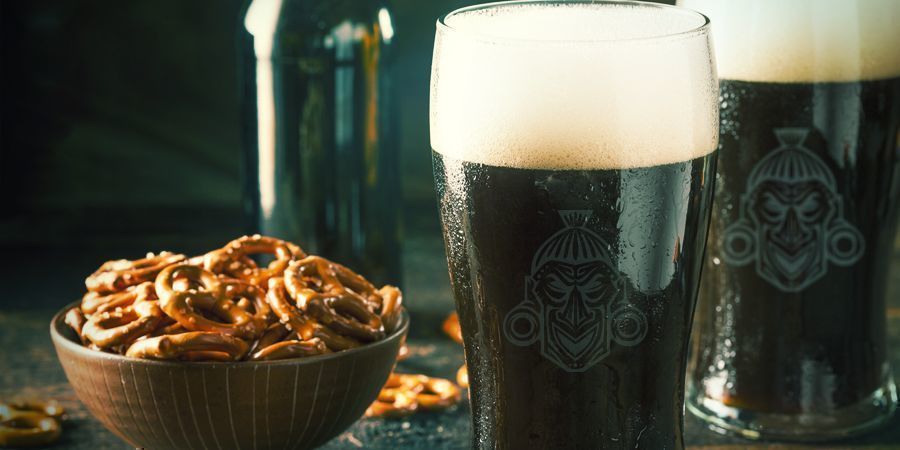
The histories of porters and stouts are intertwined and date back to the 18th century. These are typically well-hopped beers made with brown malt. The term stout is/was used to market strong porters with higher alcohol content. These beers became popular in the Baltic regions, and by the 19th century, countries in these regions were producing their own porters. These porters typically had high alcohol volumes of at least 10%. Porters and stouts are heavy beers with a rich flavour that can combine notes of caramel, chocolate, spices, cream, and more.
TYPES OF LAGERS
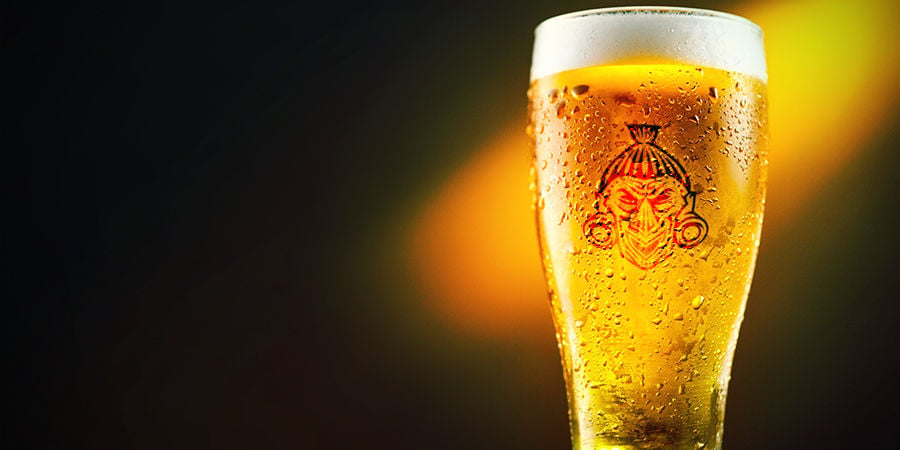
Now it’s time to move on to the lagers, which include bock and pilsner.
PALE AND AMERICAN LAGERS
Pale lagers, as the name suggests, are pale, golden beers. They have a clean, crisp flavour profile that’s well-rounded and balances out the flavours of pilsner malts and noble hops. Some brewers also use rice and corn to give their beers an even lighter body. Pale and American lager beers tend to have an alcohol content of about 4%.
Muntons Mexican Cerveza is a light, crisp, and clean lager. An ABV of just 3.8% makes it a perfect summer beer.
PILSNER
Pilsner, pilsener, or sometimes just pils, is a type of pale lager first brewed in the Czech city of Pilsen. Today, there are hundreds of different pilsner beers out there, and they all have unique properties. In general, however, these are pale, crisp, and fresh beers. They produce a lot of foam and tend to have well-balanced flavour profiles balancing both hops and malt.
American pilsners tend to be maltier and contain more alcohol, ranging from 6–9%. German Pilsners tend to be slightly more bitter than Czech pils, which traditionally has a lighter flavour.
Muntons Export Pilsner is a delicious, refreshing lager with a crisp, well-rounded taste. Perfect for any home brewer looking for a refreshing summer beer.
DUNKEL (DARK LAGER)
Dunkel is a term used for German dark lager. These beers tend to have very smooth, malty flavours and are brewed with Munich malts, which gives them their particular flavour and colour.
Dunkels are traditionally brewed using a process called decoction mashing. This involves boiling part of the grains to release more starch, and then returning them to the mash to raise its temperature. This is also what gives them their distinct malty flavour.
Dunkel was the most common type of beer when the German purity law came into effect in 1516. They rarely contain over 5.5% alcohol and have low bitterness.
BOCK
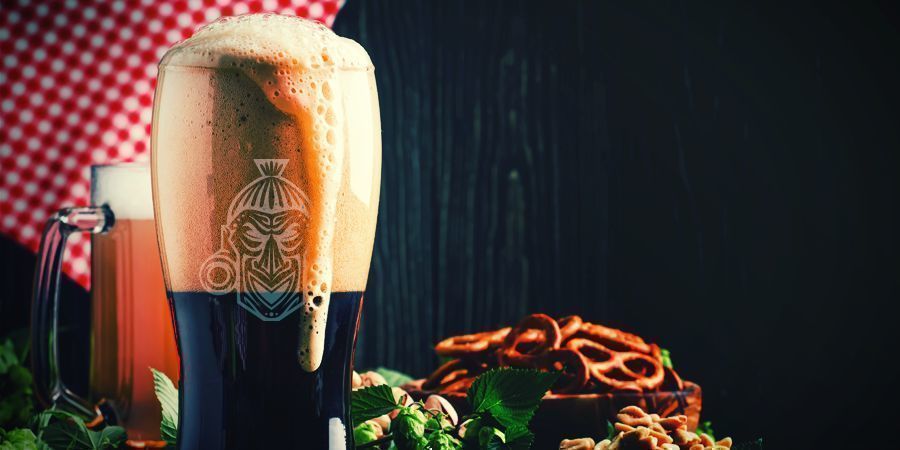
Bock is a type of strong German lager. There are many different types of bock, including maibock (may bock), a lighter-colored and hoppier beer traditionally brewed to be drunk during the spring months of March to June. Doppelbock (double bock) has a stronger, maltier flavour profile.
Eisbock (ice bock) is a very strong lager, made by partially freezing a doppelbock, then removing the ice to concentrate its flavour and alcohol content. Eisbock tends to have a rich, dark, stone-fruit flavour with hints of plums, prunes, or raisins.
Weizenbock (wheat bock) is brewed with wheat instead of barley.
A QUICK NOTE ON SPONTANEOUS FERMENTATION
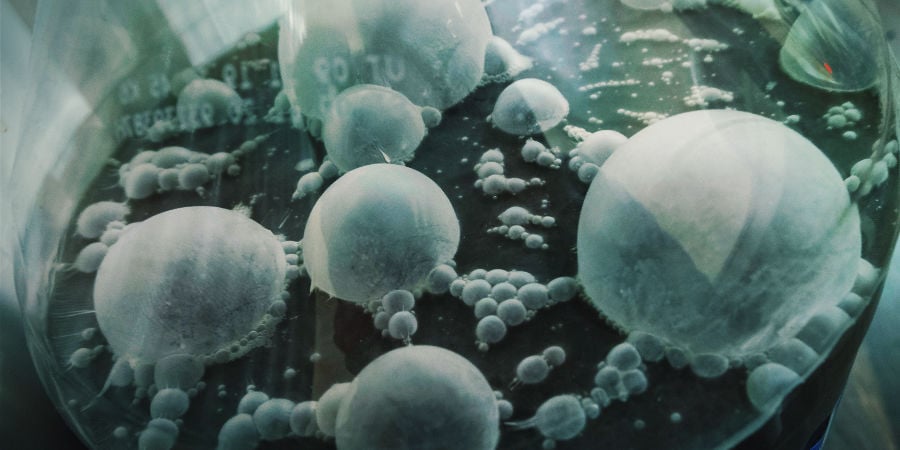
Spontaneous fermentation is a process traditionally used by Belgian lambic brewers. It involves brewing beer with wild yeasts like Brettanomyces. Lambic brewers would cool their wort in open vessels so that natural yeasts and bacteria would settle and spontaneously ferment the wort. This process can help give the resulting beer a myriad of complex flavours, including unique sour notes that can be very interesting when combined with food. Most “sour” beers you’ll find at a craft brewery are brewed using this technique.
BREW YOUR FAVOURITE BEER AT HOME!
At Zamnesia, we stock a large variety of homebrew kits. Make sure to check out the full selection in our Brewing Store today to start brewing your favourite beer ASAP!
Hemp and hops are both members of the Cannabaceae family, so we wouldn't be surprised if you came up with the idea of using both in your homebrew. Since you are not the first adventurous brewer, we've already covered this in our blog How To Make Cannabis Beer.
-
 3 min
13 January 2020
Understanding The Hydrometer: The Secret To Brewing Great Beer
A hydrometer might seem like a pretty sophisticated and complicated tool in your brew kit. However, it's actually quite simple to use and tells you some key info about the fermentation of your wort...
3 min
13 January 2020
Understanding The Hydrometer: The Secret To Brewing Great Beer
A hydrometer might seem like a pretty sophisticated and complicated tool in your brew kit. However, it's actually quite simple to use and tells you some key info about the fermentation of your wort...
-
 4 min
17 April 2018
What Are IBU And EBU In Beer?
The experience of brewing your own beer can be a daunting one. The complexity of the process culminates in that all important question: How do I judge the quality? Understanding IBU and EBU can...
4 min
17 April 2018
What Are IBU And EBU In Beer?
The experience of brewing your own beer can be a daunting one. The complexity of the process culminates in that all important question: How do I judge the quality? Understanding IBU and EBU can...
-
 3 min
10 April 2014
How To Make Cannabis Beer
As you might already know, cannabis and beer go well together. But there‘s more to it than just taste - hops and cannabis are more closely related than you may think.
3 min
10 April 2014
How To Make Cannabis Beer
As you might already know, cannabis and beer go well together. But there‘s more to it than just taste - hops and cannabis are more closely related than you may think.














 United States
United States

